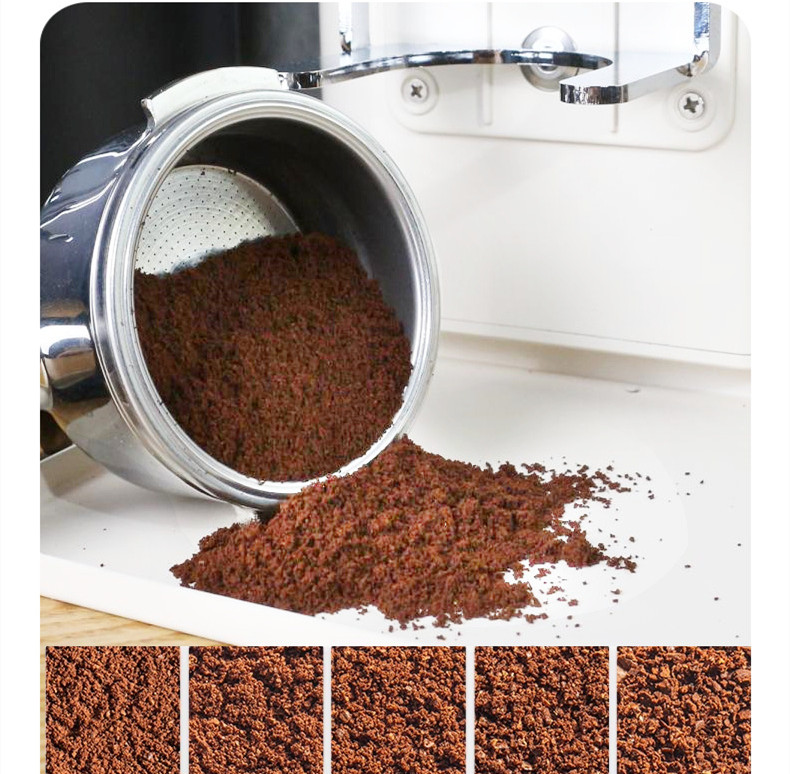To enhance the heat transfer efficiency of commercial coffee roasters, the following aspects can be considered:
Optimize heat transfer methods: Commercial coffee roasters mainly utilize heat conduction and heat convection to transfer heat. Heat conduction is achieved through direct contact between the metal surface of the drum and the coffee beans, while heat convection is transferred by the flow of hot air. During the baking process, thermal convection usually plays a dominant role. Therefore, optimizing the damper and speed Settings to ensure the even distribution of hot air can significantly enhance the efficiency of heat transfer.
Improved boiler design: The double-layer boiler design leaves an air buffer layer between the outer and inner layers, which can effectively prevent the surface of coffee beans from over-roasting, reduce the risk of burning, and at the same time allow for higher temperatures, enhancing the overall roasting effect. Compared with single-layer boilers, double-layer boilers can make more full use of convective heat and improve heat transfer efficiency.
Precise control of heat sources: According to the roasting stage and the characteristics of coffee beans, precisely adjust the power and distribution of heat sources to ensure uniform heat transfer to the coffee beans. For instance, during the dehydration stage, use a higher heat to quickly increase the temperature, while during the development stage, reduce the heat to extend the reaction time and ensure that the internal flavor of the coffee beans fully develops.
Optimize the rotation and tilt angles of the drum: The rotation speed and tilt Angle of the drum will affect the uniformity of heating of the coffee beans. High-speed rotation may cause centrifugal force to throw coffee beans towards the drum wall, increasing their contact with the drum wall and thereby enhancing heat conduction. Reasonable adjustment of the rotation speed and inclination Angle can ensure that the coffee beans roll evenly inside the drum and improve the heat transfer efficiency.
Utilizing advanced sensor technology: By installing advanced equipment such as gas flow sensors, the gas flow and temperature changes during the baking process can be monitored in real time, providing precise data support for bakers. These data help bakers control baking parameters more accurately, optimize heat transfer efficiency and improve baking quality.
Regular maintenance and cleaning: Regularly clean the debris and dust inside the baking machine, especially the exhaust pipe and the interior of the drum, to prevent the accumulation of impurities from affecting the heat transfer efficiency. At the same time, check the operating status of the burner and damper to ensure that the equipment is always in good working condition.


